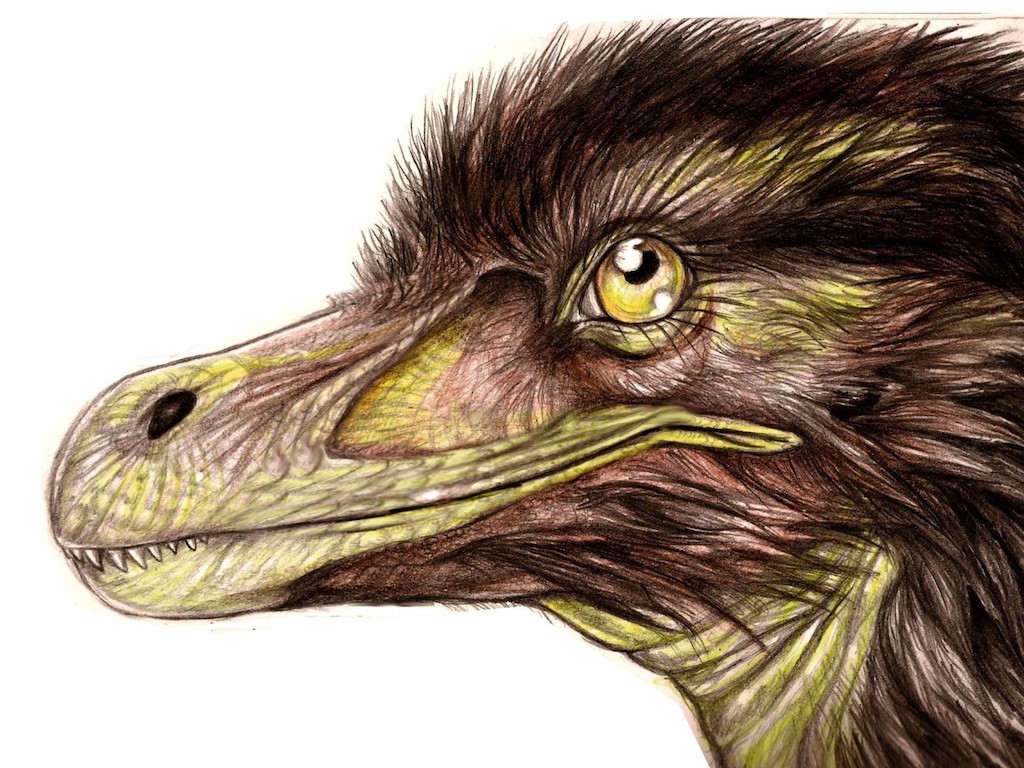
Pneumatoraptor fodori
Pneumatoraptor is the smallest known predatory (Theropoda) dinosaur in the Iharkút fauna. Based on its fragmentary remains…
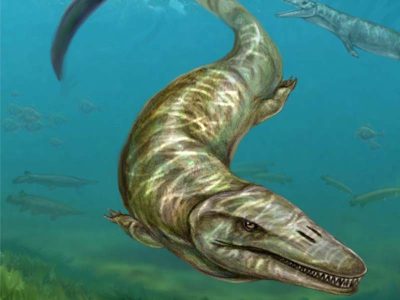
Etymology: The generic name is derived from the ancient Roman province ‘‘Pannonia’’ in the Transdanubian part of Hungary and ‘‘saurus’’, New Latin word from Greek ‘sauros’, meaning lizard; the specific epithet ‘‘inexpectatus’’, meaning unexpected in Latin, refers to the unexpected occurrence of this mosasaur in freshwater environments.
Mosasaurs were reptiles belonging to the living group of scaled reptiles (squamates), going extinct at the end of the Cretaceous. These giant carnivorous lizards, adapted to marine life were the top predators of Late Cretaceous seas. Their paddle-like limbs, modified hip bones, compressed and downturned tail were signs of adaptation to aquatic mode of life. We know the 30-million-year long evolutionary history of the group from lots of remains found all around the world, they were cosmopolitans in the Late Cretaceous. However, previously all mosasaur remains were known from rocks of marine origin, thus the discovery of animals belonging to this group at the Late Cretaceous vertebrate locality in the Bakony Mts came as a surprise.
The Pannoniasaurus remains described from Iharkút originate from several individuals ranging in size from juveniles (70cm) to adults (6m). This – beside other evidence – suggests that these animals lived in the rivers, and the species, uniquely among its kind, adapted to freshwater environments.

Pneumatoraptor is the smallest known predatory (Theropoda) dinosaur in the Iharkút fauna. Based on its fragmentary remains…
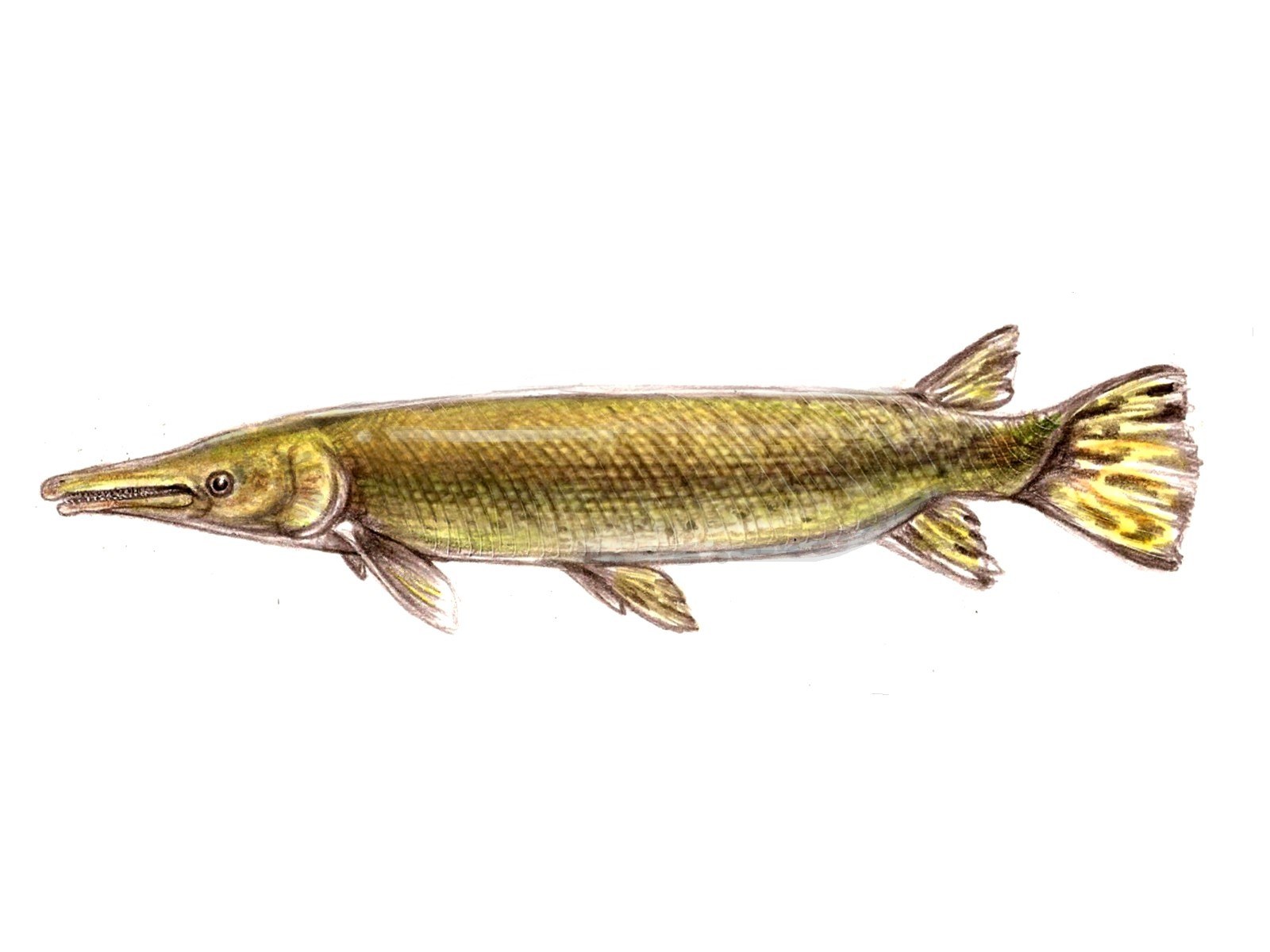
Gars (Lepisosteidae) are an extant family of actinopterygian fishes, living exclusively on the western hemisphere…
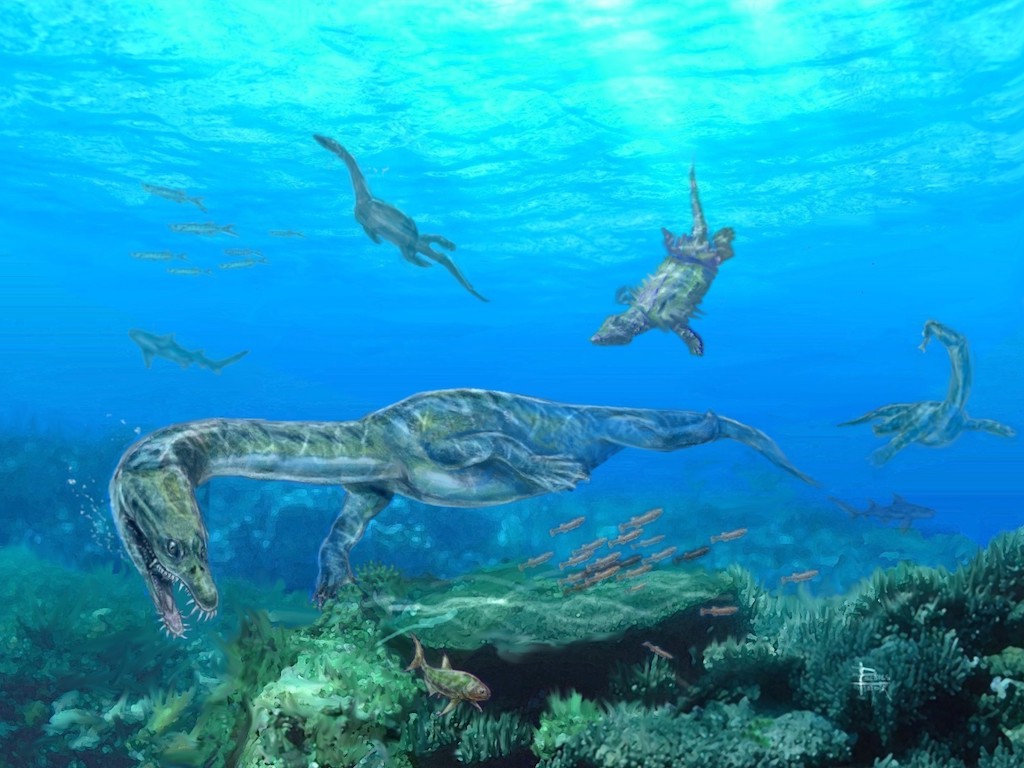
The rock layers of the Middle Triassic Templomhegy Dolomite Member on Somssich Hill (Villány) – which were deposited in a shallow marine environment…
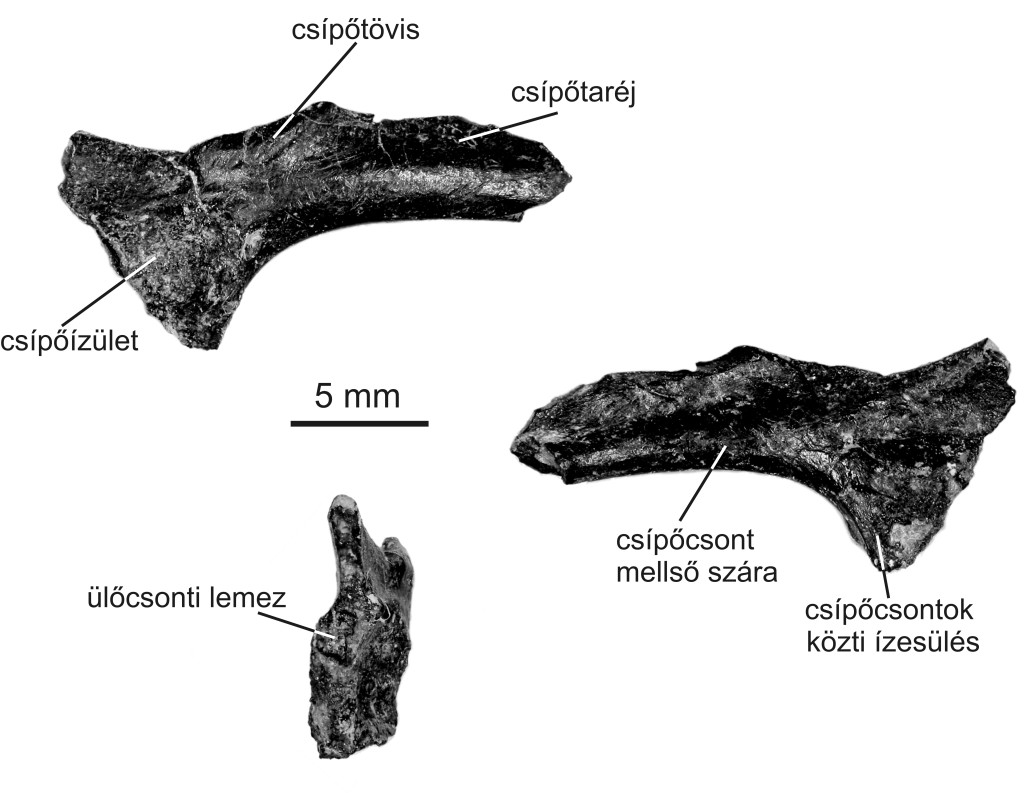
This species belongs to the oldest frog group (Archaeobatrachia) and within that to the family of discoglossid frogs …